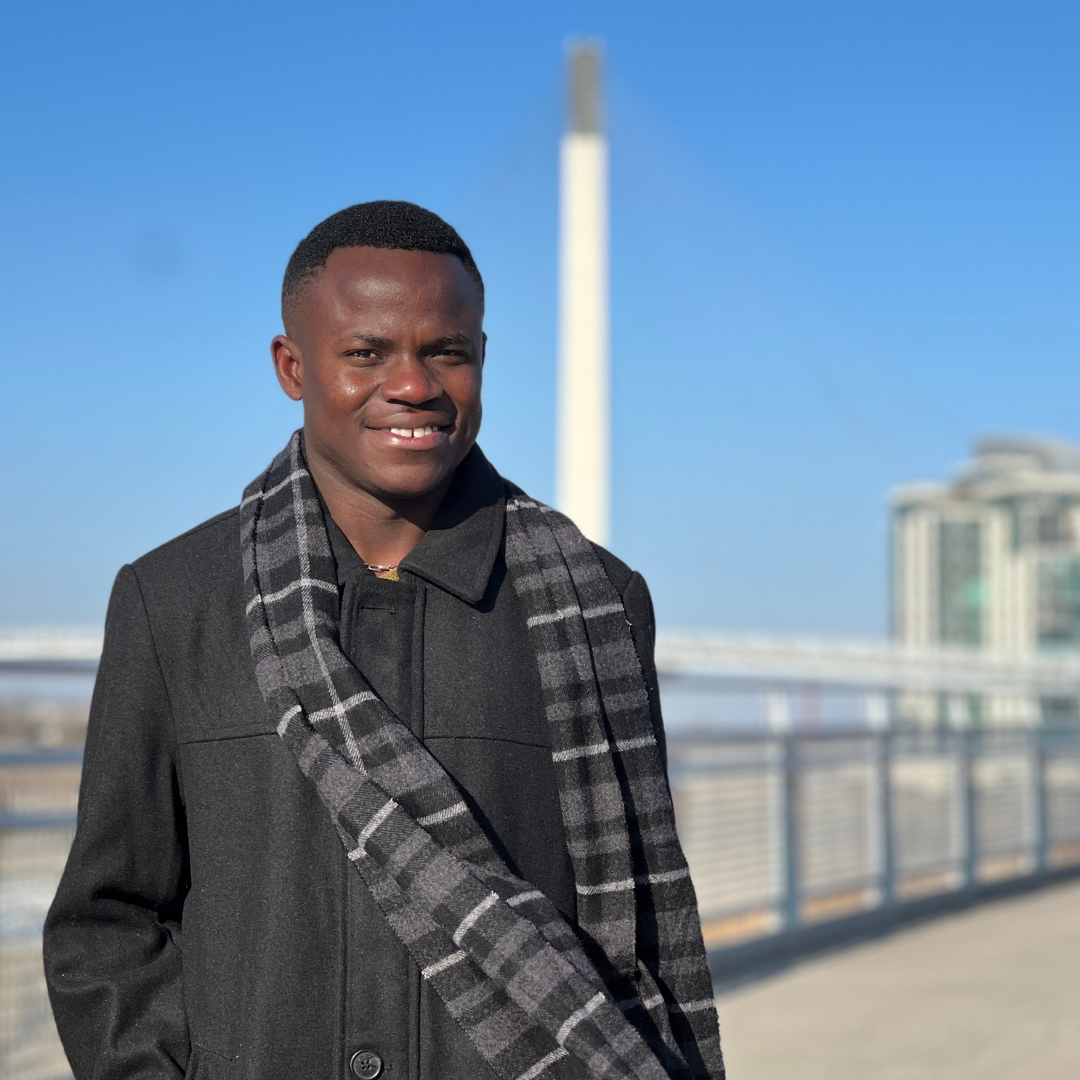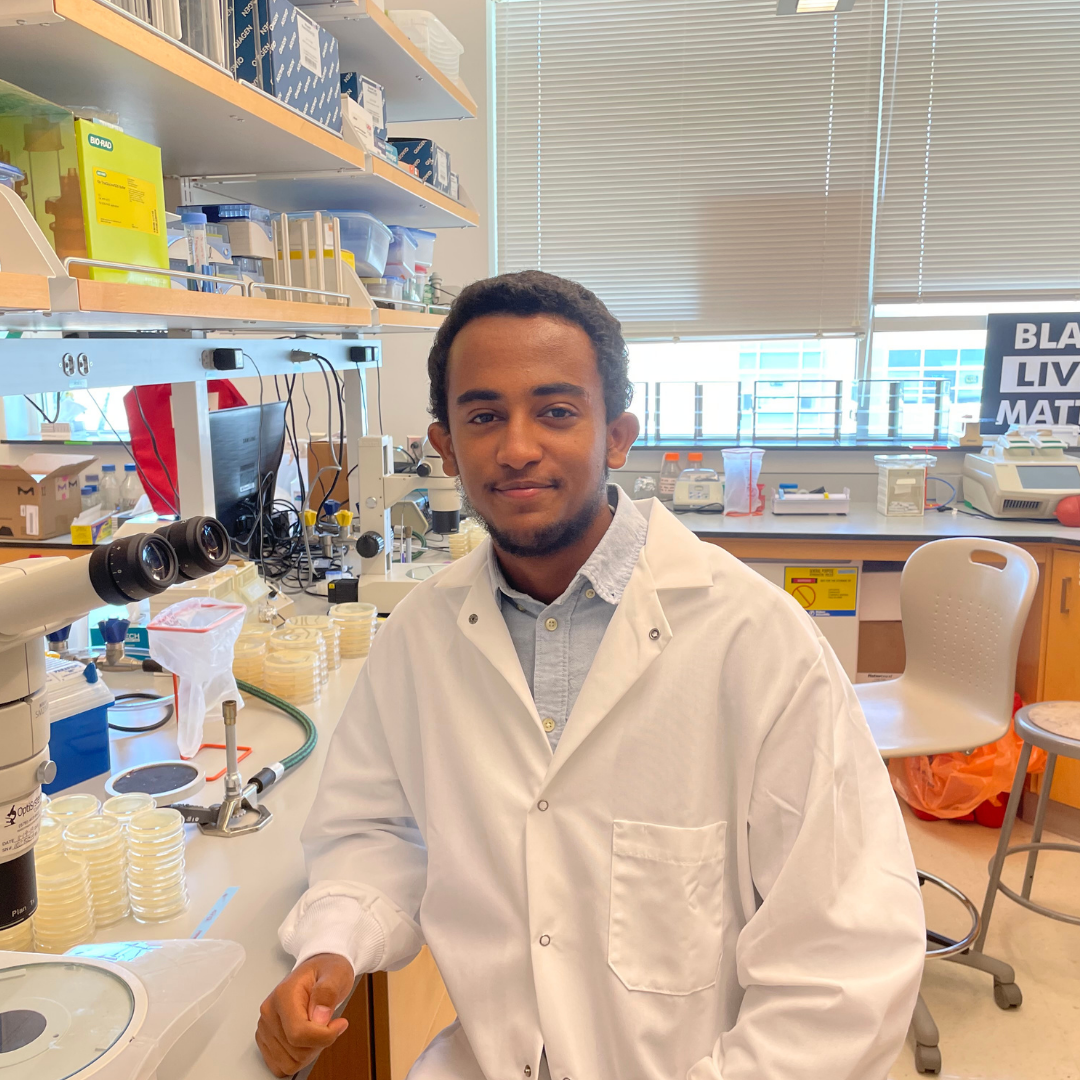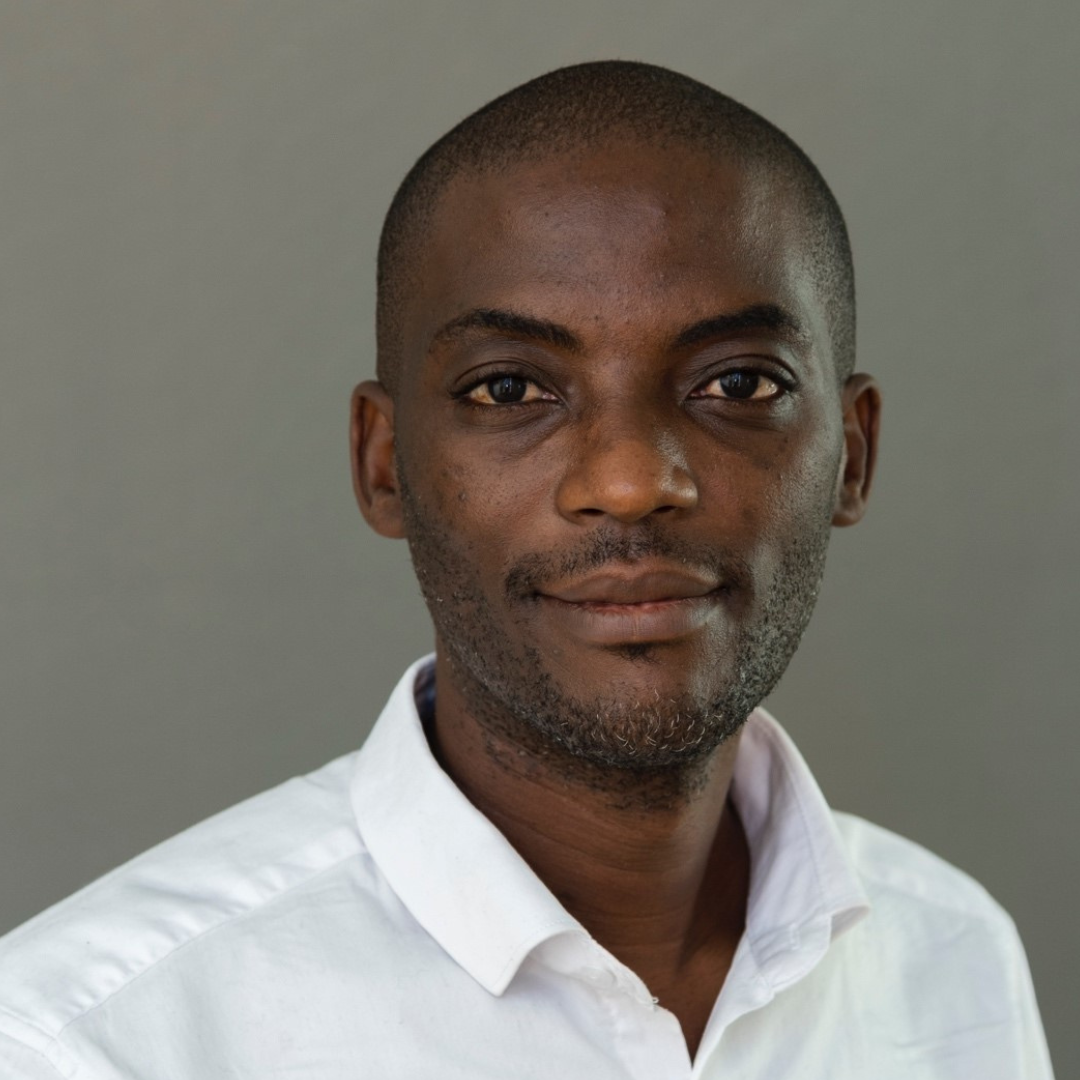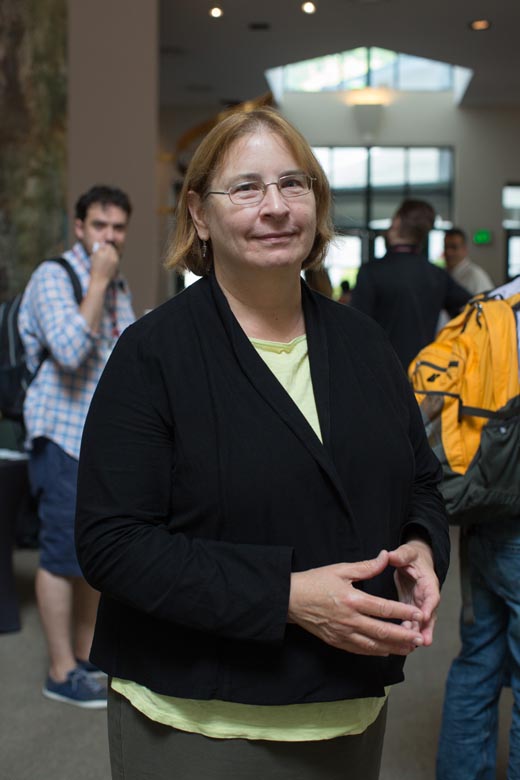Meet Phoolwanti Rani of the San Diego Biomedical Research Institute. Rani is a postdoctoral fellow and member of Prof. David Gilbert’s lab. She spent last week with us at the Eukaryotic and DNA Replication & Genome Maintenance meeting – her first meeting at CSHL —- and “[she] enjoyed connecting with brilliant scientist from all over the world. The poster sessions and speaking with colleagues on Slack were really amazing.”
Tell us about your research.
I am working on developing the technique to generate better map of the factors important for replication and maintaining proper replication timing. MCM is one the challenging origin licensing factor during replication. I am trying to map MCM in a single cell (mammalian) with better resolution.
How did you decide to focus on this area/project?
During my Ph.D., I worked on Topoisomerases and got introduced to transcription-replication conflicts. I got attracted to replication and finally landed in the laboratory which works on replication timing.
What and/or who is the inspiration behind your scientific journey?
Dr. APJ Abdul Kalam, aerospace scientist who served as the 11th president of India. I read his autobiography in school and got inspired to become scientist. I was also interested in biology, and so chose to pursue my career in the same field.
What do you love most about being a researcher?
Research is limitless. Finding an answer to one question always leads to another puzzle to solve.
What is your key takeaway from the Meeting; and how do you plan to apply it to your work?
I was very much interested by the discussion session, and learnt the importance of continuing the discussion in science. Amazing ideas and collaborations come up during discussions.
What feedback or advice would you share with someone considering participating in this meeting?
It is an amazing platform to share knowledge, build collaborations and look for career opportunities.
What’s the most memorable thing that happened during the Meeting?
My PI mentioned in the meeting that I am going to be working on a very important unresolved problem.
Thank you to Phoolwanti for being this week's featured visitor. To meet other featured researchers - and discover the wide range of science that takes part in a CSHL meeting or course - go here.
Image provided by Phoolwanti Rani













































